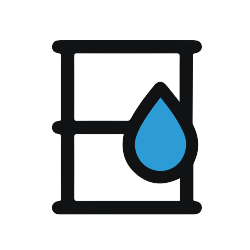Liquid Chlorine Containers: Checklist for Disconnecting after Off-loading
Handling liquid chlorine containers or other hazardous material at chemical storage facilities, especially when disconnecting containers after off-loading, there are many areas of the safety procedures that require regular checks, including the methods for disconnecting after off-loading.
5,000 Companies save time and money with GoCanvas






This Liquid Chlorine Containers: Checklist for Disconnecting after Off-loading app provides a checklist to ensure that the container disconnection procedure regulations are followed to allow for safe disconnection following off-loading of the containers. When disconnecting the chlorine containers in a chemical storage area at storage facilities, safety is of most paramount importance due to the flammable nature of the combustible liquids. The chlorine containers should be disconnected securely, with all valves properly closed. The health and safety of employees is essential, so personal protective equipment (PPE) should be available, and this protective equipment itself should be checked on a regular basis. Storage areas should also have cleaning and sanitizing procedures to assist with overall health and safety. Chemical safety and reducing the risk of chemical spills in storage areas with chlorine containers is also very important, so documenting that checks have been made and being able to electronically store and share the results is very useful.
GoCanvas accounts come
with hundreds of form templates




Don't take our word for it...
“I’m not a tech guy and I was able to pick this thing up in probably an hour, and actually start to build apps. I’ve done them over lunch when I’ve gotten frustrated with a process that didn’t exist in our company. So for non tech people who’ve got a problem, the support here is awesome and I’d recommend it to anybody, not just in our industry.”








